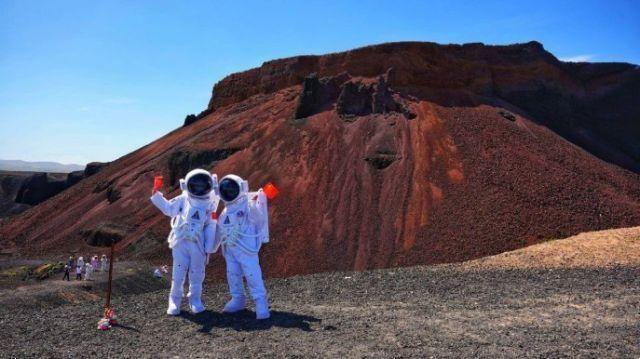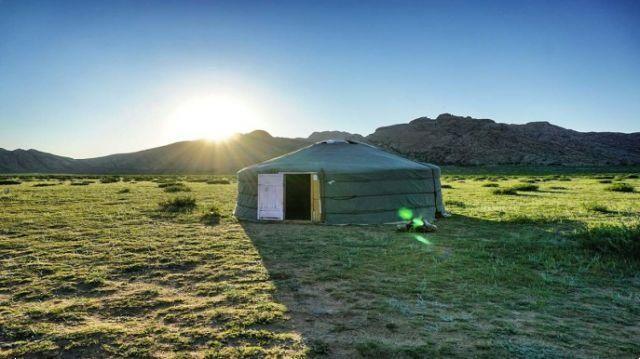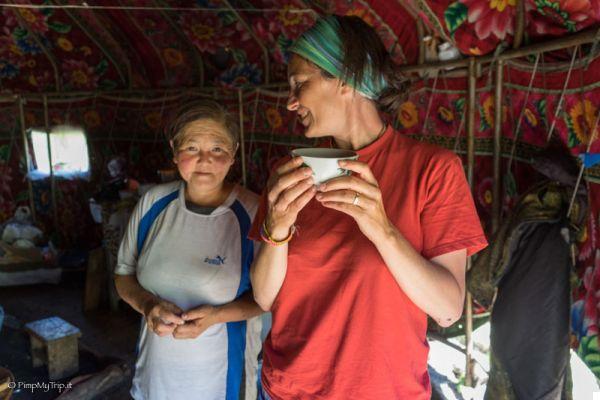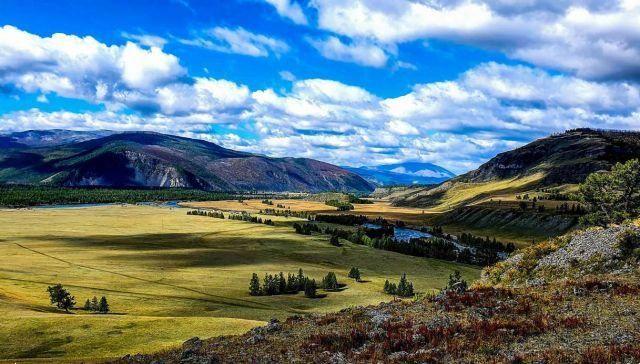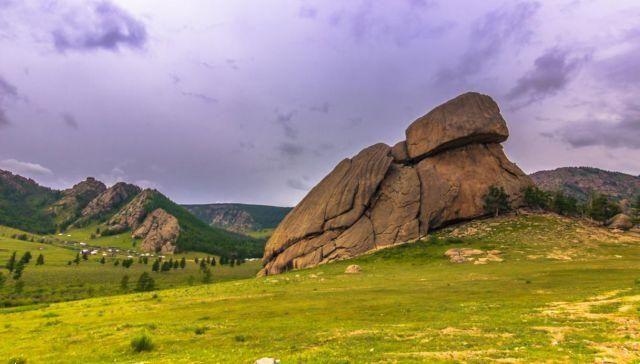 Some advice for enjoying the wildest and most uncontaminated nature of Mongolia, just a stone's throw from the capital Ulan Bator
Some advice for enjoying the wildest and most uncontaminated nature of Mongolia, just a stone's throw from the capital Ulan Bator
Beautiful Buddhist temples, splendid palaces with golden profiles, tall statues and monuments. This is Ulan Bator, beautiful and little known capital of Mongolia, still outside the most popular tourist circuits, but perfect for true travelers who love discovery. A city in the heart of Asia, less populated and wilder, made up of kilometers and kilometers of steppe where you only rarely encounter any nomadic shepherds.
In fact, it is in Ulaanbaatar, among the tall modern skyscrapers and typical yurts, that approximately half of the country's total population lives. The rest of the territory is almost completely uninhabited, but no less interesting. Just outside the center of the Mongolian capital, traveling by car among incomparable natural landscapes, you can enjoy the tranquility and charm of uncontaminated nature.
Before moving from the city, however, it is worth stopping by Zaisan Hill, a small oasis of peace on the outskirts of the capital, from the top of which you can enjoy a fantastic panoramic view of the entire area. On the hill stands the Zaisan Memorial, a large memorial built by the Russians in honor of unknown soldiers and heroes who died during the various wars in Mongolia's history. It is a sort of altar surrounded by a large circular mural depicting scenes of friendship between peoples.
Just think that, according to an ancient legend, the Zaisan Hill it had been placed there by the ministers of the monasteries, to divide Mount Chingiltei from Mount Bogdkhan between whom there was bad blood. In fact, at one time, relations between them were so tense that storms and storms often broke out in the area, due, according to the monks, to the influence of a demon. It therefore seems that since the hill separates the two mountains there has no longer been any natural disaster.
If you have already visited the beautiful temples and majestic palaces of the Mongolian capital, then you can leave the city and dedicate some time to discovering the wonderful natural parks that are nearby. A still wild land it will offer incomparable natural landscapes and will give you the opportunity to learn about the centuries-old traditions still in use among the nomadic populations of the steppes.
But please, pack warm clothing in your backpack, because the capital of Mongolia is considered the coldest capital in the world and even the nearby areas are no different. The climate is subarctic influenced by the monsoons: the average annual temperature is -1,3°C, with short, warm summers and cold, dry and very long winters, with temperatures normally reaching -25°C.
Hustai National Park
About a hundred kilometers west of the capital, in the province of Tôv, among endless meadows and greenery as far as the eye can see, there is the Hustajn Nuruu National Park, also known as Khustai National Park. Walking along the paths in the hills of the park, where not a single tree or bush appears among the meadows, it will not be difficult for you to encounter Mongolian horses, absolutely in the wild, perhaps while drinking in the waters of the Tuul river.
The Mongolian Horse, or Takhi or Prezwalski's horse, is the symbol of the country. Due to the drastic decrease in the number of specimens, the animal was at risk of extinction until the end of the 70s, when the "Foundation for the Preservation and Protection of the Przewalski's Horse" was created and in 1990 several specimens were been reinserted right into the meadows of this park. Today there are around 300 of them and they live as specimens, wild, indomitable and never domesticated.
Gorkhi-Terelj National Park
Just outside the capital of Mongolia, this time just a few kilometers to the north-east, another beautiful park will give you the surprise of a perfect Alpine style environment right in the middle of Asia. The landscape of Gorkhi-Terelj National Park it's almost surreal, especially for those who perhaps come from a tour of the country and have crossed kilometers and kilometers of strip and Gobi desert without encountering even a single plant.
Here, however, pines, birches and conifers grow lush, almost as if all the plants in the town were concentrated in this park. We are about two thousand meters above sea level but it is not cold and the temperature, all in all quite mild, allows you to walk along the paths of the park, be fascinated by the numerous fields that reconstruct the life habits of the steppe nomads of the 13th century , climb the very particular Turtle Rock and stop for an almost obligatory visit to the "Meditation" Monastery.




